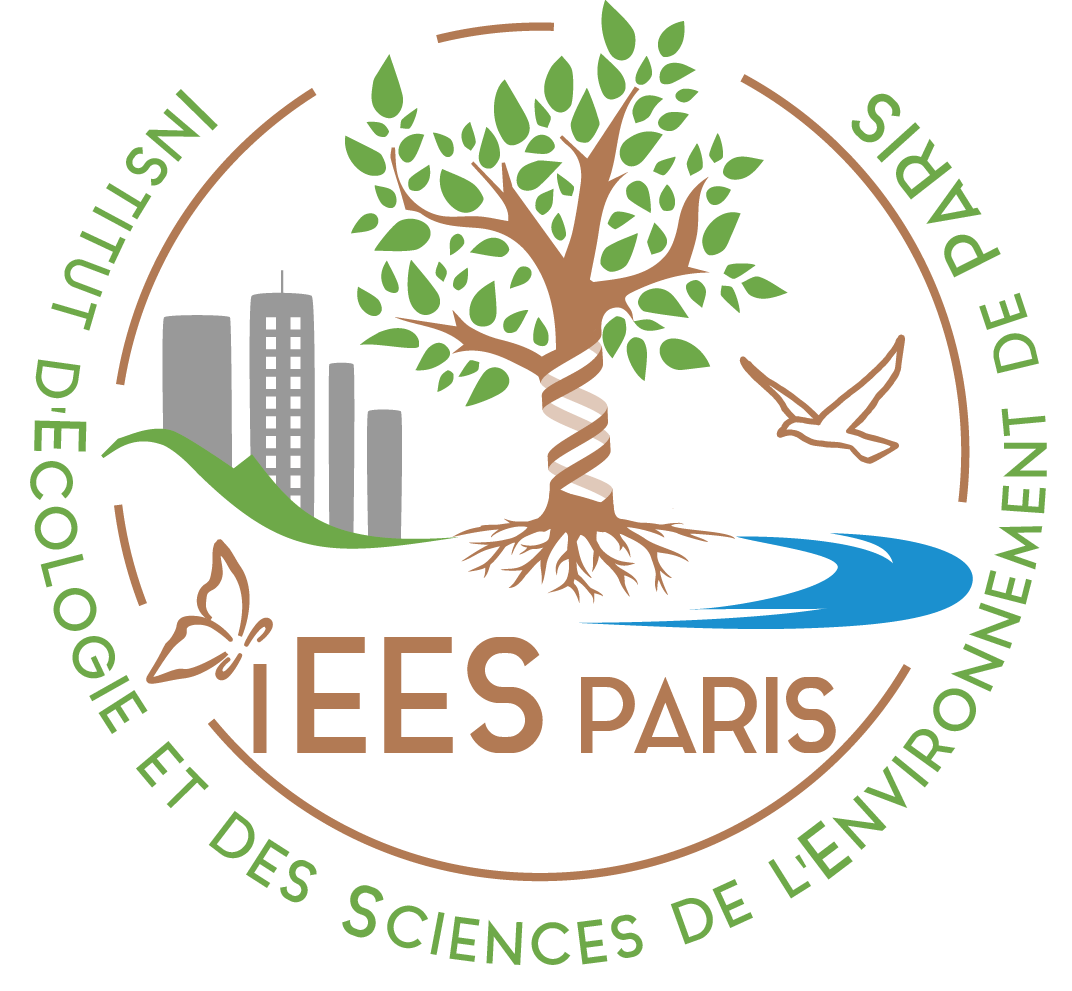Escherichia coli concentration, multiscale monitoring over the decade 2011–2021 in the Mekong River basin, Lao PDR
Bacterial pathogens in surface waters may threaten human health, especially in developing countries, where untreated surface water is often used for domestic needs. The objective of the long-term multiscale monitoring of Escherichia coli concentration in stream water, and that of associated variables (temperature, electrical conductance, dissolved oxygen concentration and saturation, pH, oxidation-reduction potential, turbidity, and total suspended sediment concentration), was to identify the drivers of bacterial dissemination across tropical catchments. This data description paper presents three datasets collected at 31 sampling stations located within the Mekong river and its tributaries in Lao PDR (0.6-25,946 km²) from 2011 to 2021. The 1,602 records have been used to describe the hydrological processes driving in-stream Escherichia coli concentration during flood events, to understand land-use impact on bacterial dissemination on small and large catchment scales, to relate stream water quality and diarrhea outbreaks, and to build numerical models. The database may be further used e.g. to interpret new variables measured in the monitored catchments, or to map the health risk posed by fecal pathogens.
This paper has been published open access in the Earth System Science Data journal.

















